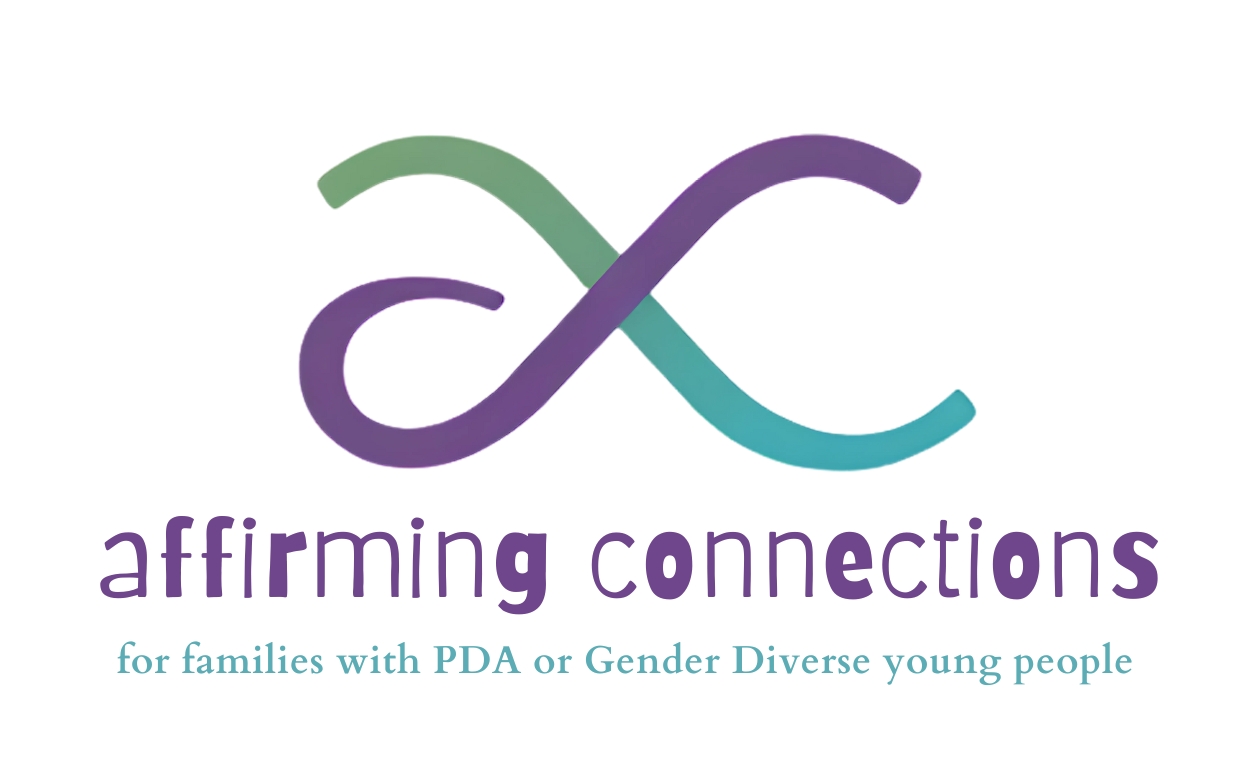What is PDA?
Autism presents uniquely in everyone. PDA (Pervasive Drive for Autonomy or Pathological Demand Avoidance) is a profile of autism, but is not present in all neurodiverse people. PDA can look a lot like anxiety, but it is different; it is more like a nervous system disability. In a person with PDA, their nervous system activates a fight/flight/freeze/fawn response easily whenever they perceive a loss of autonomy or equality.
When someone has a nervous system disability, their body might have trouble switching back to feeling regulated and safe, which can make them feel very overwhelmed or unsure. It is not something that we can ‘grow out of’ as it happens on a subconscious level. PDAers have survival and safety needs far greater than neurotypical people.
PDA is part of the autism spectrum but requires specific approaches for support. Emphasising flexibility, collaboration, and reducing pressure to help manage demands in a way that is focused on affirmation and connection.

How we feel inside changes how we see the world and how we react.
Developed from Dr Stephen Porgess’
work on Polyvagal Theory

PDA Dysregulation can affect many different areas of life and impact daily living, social interactions, family relationships, friendships, education, health and well-being, and community participation.
How our body feels affects how we act.
Developed from Dr Stephen Porgess’
work on Polyvagal Theory
